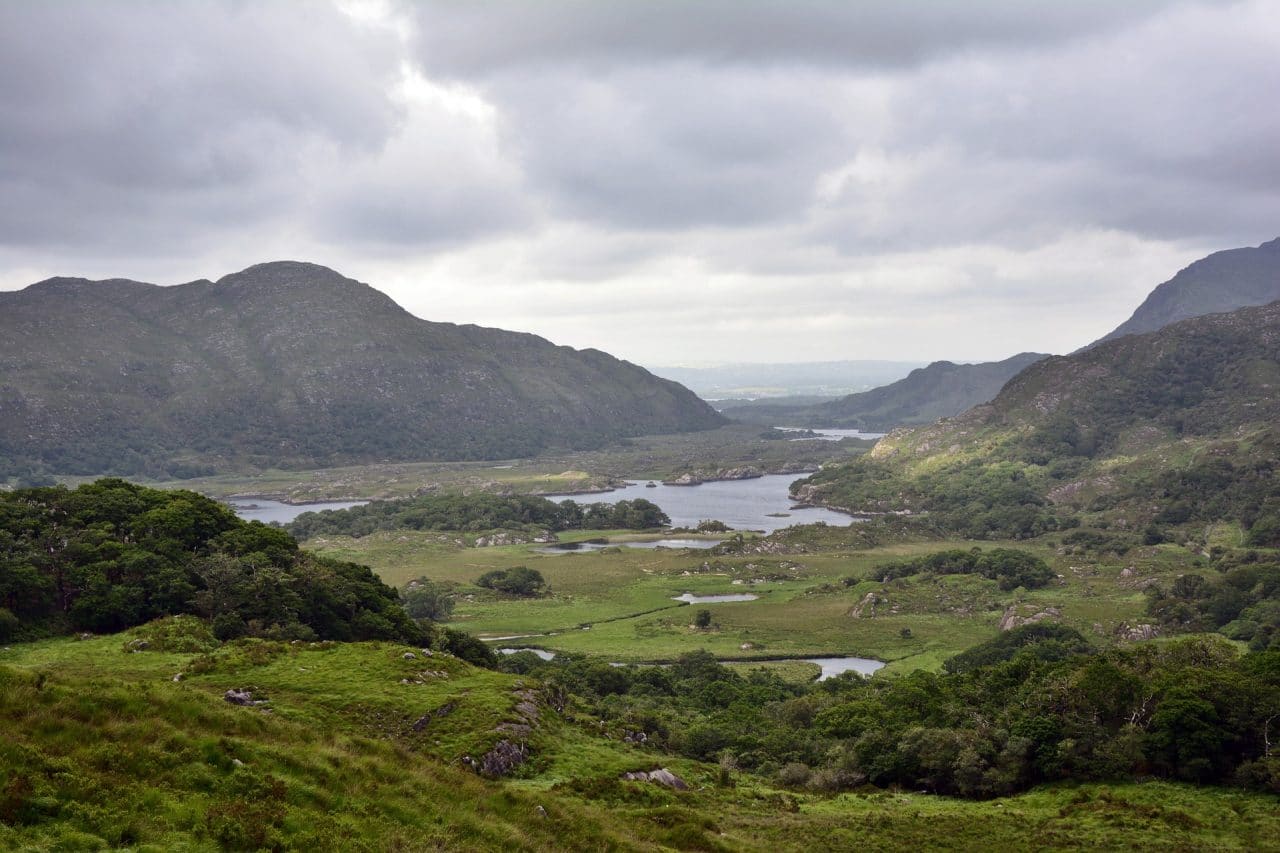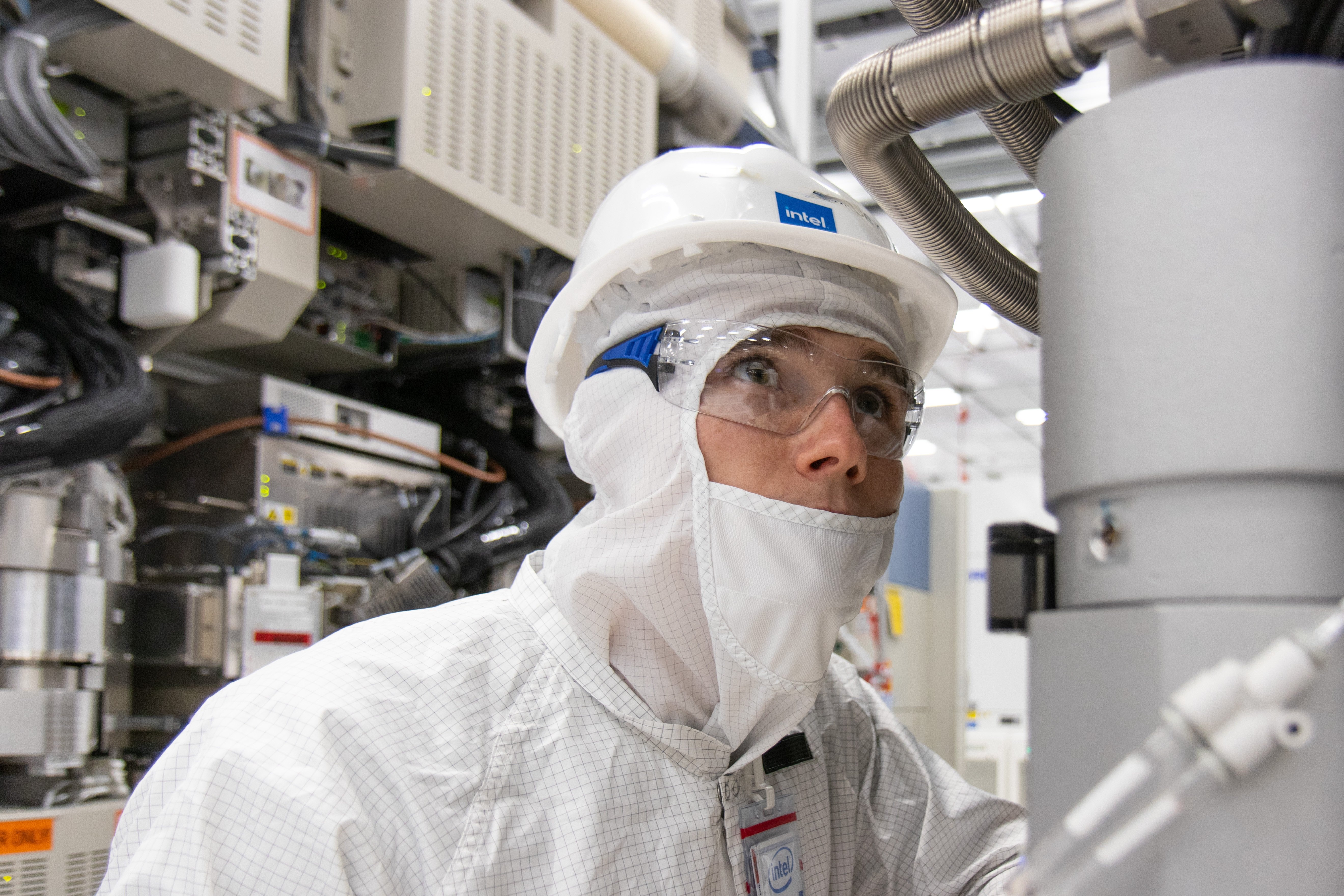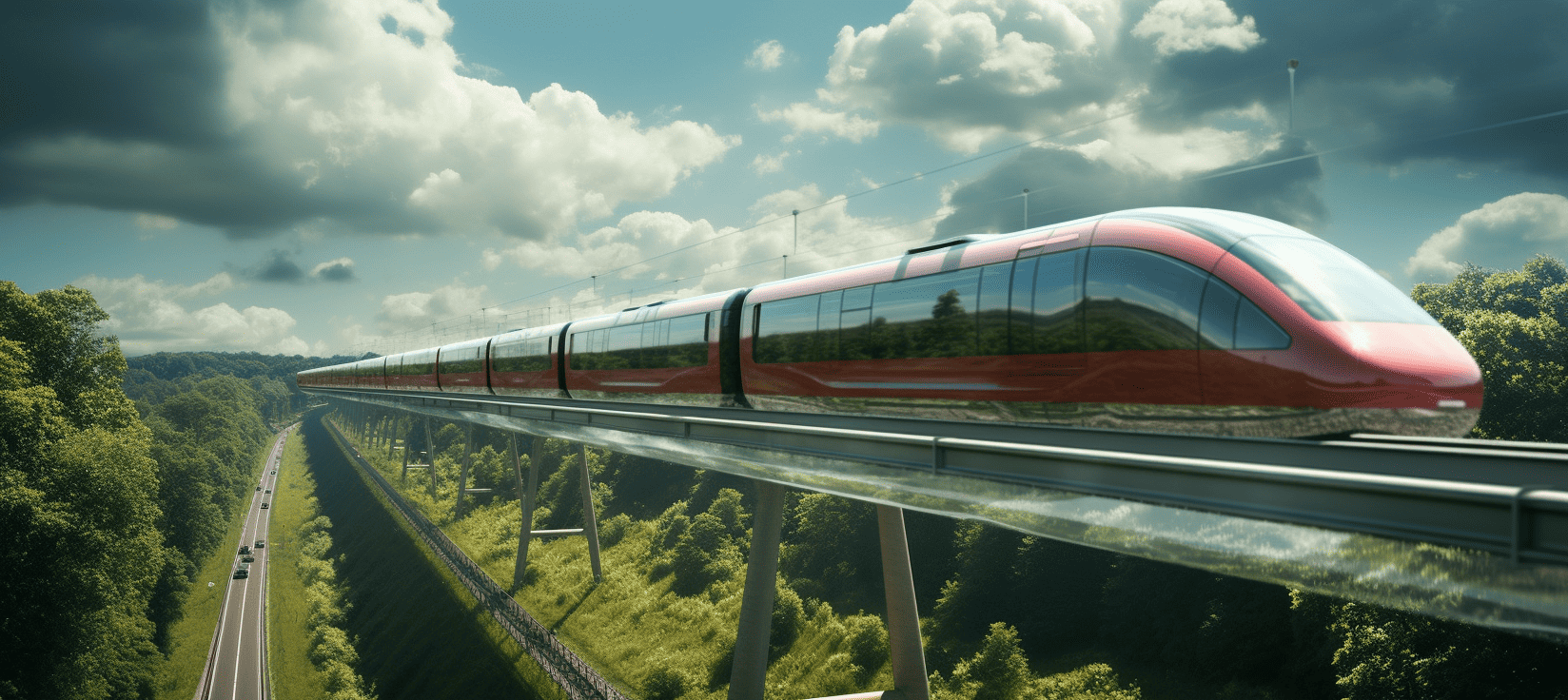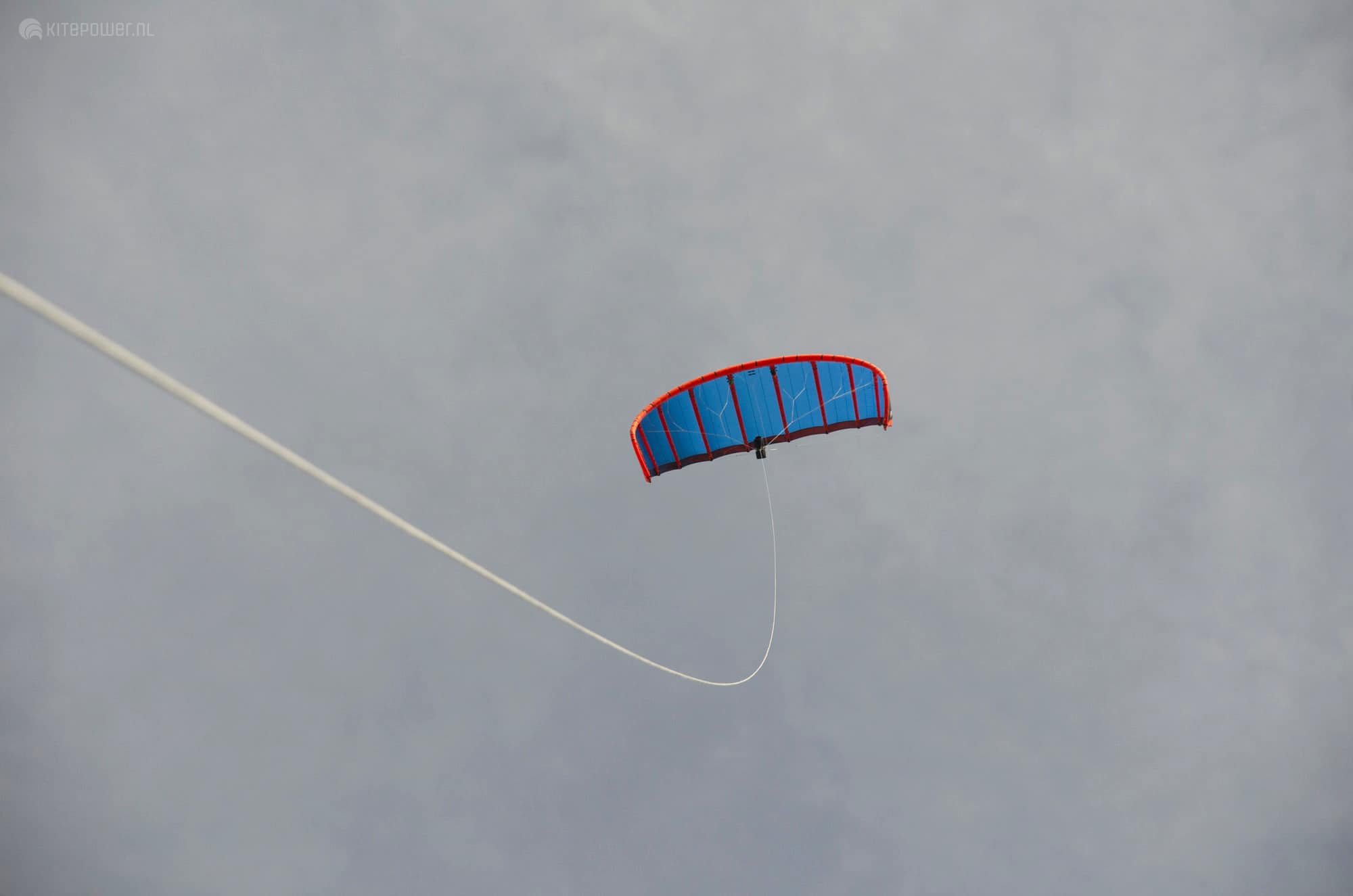
About Decarbonizing Europe
What does the Recovery and Resilience Facility entail?
The European Commission has made available an amount of 723.8 billion euros
to combat the consequences of the corona crisis and make Europe greener, cleaner, and future-proof. All member states have the opportunity to submit plans for disbursement from this Recovery and Resilience Facility.
Who is participating in the Recovery and Resilience Facility?
All the member states of the European Union. All member states? No, The Netherlands has not submitted plans as yet. Although, it became public knowledge at the end of January that hard work is going on behind the scenes in the Netherlands to secure some of those European billions.
What do the member states have to spend the money on?
At least 37 percent of the funding should be used for making their countries more sustainable and 20 percent for digitalization. In addition, there are also other key points:
– Smart, sustainable and inclusive growth
– Social and territorial cohesion
– Public health, economic, social, and institutional resilience
– Policy for future generations
What else is happening?
Apart from that, the EC has identified several so-called flagship areas:
– Power up
– Renovate
– Recharge and Refuel
– Connect
– Modernise
– Scale-up
– Reskill and upskill
What is Innovation Origins planning to do?
Over the next few months, we will be focusing on the implementation of these plans. We will be outlining what each country is doing to reduce CO₂ emissions, and we will be reporting on innovative projects. Infographics will allow you to compare the member states’ efforts with each other.
A crisis like the corona pandemic calls for decisive measures. The EU has freed up €723.8 billion in an effort to use the Recovery and Resilience Facility (RRF) to pull the European economy out of the recession caused by corona. In order to qualify for a share of this large bag of money, member states must submit a plan to the European Commission. In the series Decarbonizing Europe, we put those plans under a magnifying glass. This week: Ireland.
When you think of Ireland, coastal areas and high winds quickly come to mind. Wind power is currently the largest source of renewable energy in the country. But despite the exuberant presence of this energy source, the country has not yet managed to reduce its carbon emissions over the years. On the contrary, the amount of emissions is again increasing, mainly due to intensive agriculture and polluting mobility.
However, ambitious climate plans are on the agenda for the coming years. In 2021 the country signed the Climate Action Act, making it legally binding to achieve the international and EU climate targets. The goal here is to be climate neutral by 2050 and to reduce emissions by 51% on 2018 levels by 2030. The Resilience Fund will also make a solid contribution to meet the Green Deal plans. Ireland is supported by Europe with €939 million in grants. 42 percent of the plan supports climate investments and reforms and 32 percent goes to the digital transition.

Sustainable buildings
155 million euros will be available for making homes and public buildings more sustainable. Households, businesses and the public sector are supported with energy efficiency investments.
For example, public buildings will be tackled. Many of these buildings date from the early 1950s to the early 1990s and have reached the end of their useful life. The proposed investment program includes the implementation of projects to improve the condition of these buildings. Eventually, it should be possible to emit 50 percent less greenhouse gasses.

“I think it’s a good thing that such a large amount of money is going towards this,” says Emeritus Professor John Sweeney. He is a climate scientist at Maynooth University in Ireland. “Taken together with our carbon tax, the plan to make homes more sustainable will bring about a significant reduction in emissions. It’s something we desperately need right now.”
Electrification of the train network
Public rail transport is also being tackled, by greatly expanding the network and also focusing on electrification. This is necessary because Ireland’s population lives widely across the country, mainly in rural areas, and is therefore very dependent on the car. Germany may be the country where cars travel long distances on the autobahn, but the average passenger car in Ireland travels an average of double the distance in a year compared to the average German car.
Specifically, Ireland is going to invest 164 million euros in upgrading and electrifying the train network in Cork. A new platform will be built at Kent Station and the line between Glounthaune and Midleton will be doubled. “This is something that needed to happen anyway,” Sweeney believes. “In Ireland, only 2.75 percent of the network is electrified, a very low percentage compared to the rest of Europe.”
NextGeneration EU
The corona crisis is one of the biggest challenges of our time. The European Union, through NextGenerationEU – the largest recovery plan ever at €806.9 billion – aims to help its member states emerge stronger from the crisis. The Recovery and Resilience Facility (RRF) is at the heart of this plan (€723.8 billion).
The RRF has two goals: first, to pull the European economy out of the recession caused by the corona pandemic. At the same time, it is designed to give an impetus to important investments for the future and measures for rolling out reforms.
All 27 member states have submitted plans. Whether all the money is actually disbursed depends on a final assessment of the projects. For example, countries must spend at least 37 percent of their budgets on climate action and 20 percent on digitalization.
Yet the climate scientist also questions the public transport plans. “While it is vital that Ireland makes this investment in the coming years, it is not the most efficient path to rapid emissions reduction. There are other priorities that deserve more attention at the moment, such as the agriculture sector. Ireland is still very dependent on intensive livestock farming with its large methane emissions. It seems to me of greater importance to address this first.”
Restoring degraded peatlands
Ireland’s peat bogs are also getting a revamp. 108 million euros are being spent on restoring some 33,000 hectares of the Bord na Móna peatlands. These were previously used for energy production, but degraded peatlands are proving to be a major source of carbon emissions. The investment will therefore reduce emissions and help restore some peatlands to their former status as carbon sinks.
“Ireland has already stopped mining peat for use as an energy source for electricity generation,” says Sweeney. “But we still haven’t managed to stop peat extraction for horticulture and, in addition, a lot of peat is still exported, which is very unfortunate. At least the approach to degraded peatlands is going to make a positive contribution.”
Digital transition
Finally, the national plan supports the digital transition with 142 million euros of investment in the public sector. For example, there will be an energy-efficient government data center. In addition, the healthcare sector will also be digitized.
Hope for the long term
Sweeney is skeptical about meeting the climate goals set for 2025. “The fact remains, we are still heading in the wrong direction, if you look at our emissions. Although the targets are now legally binding, I think it will prove extremely difficult to meet them.”
In the long term, he paints a more positive picture. “By 2030, we will have initiated many structural changes and will hopefully have overcome technical problems related to the transition. For example, there are plans to build several offshore wind farms with floating wind turbines. We have a very big advantage as a country when it comes to wind energy. It’s going to take years to realize the full potential of that, but eventually we’re going to get there and we’ll meet our energy goals.”
Support us!
Innovation Origins is an independent news platform that has an unconventional revenue model. We are sponsored by companies that support our mission: to spread the story of innovation. Read more.
At Innovation Origins, you can always read our articles for free. We want to keep it that way. Have you enjoyed our articles so much that you want support our mission? Then use the button below:






